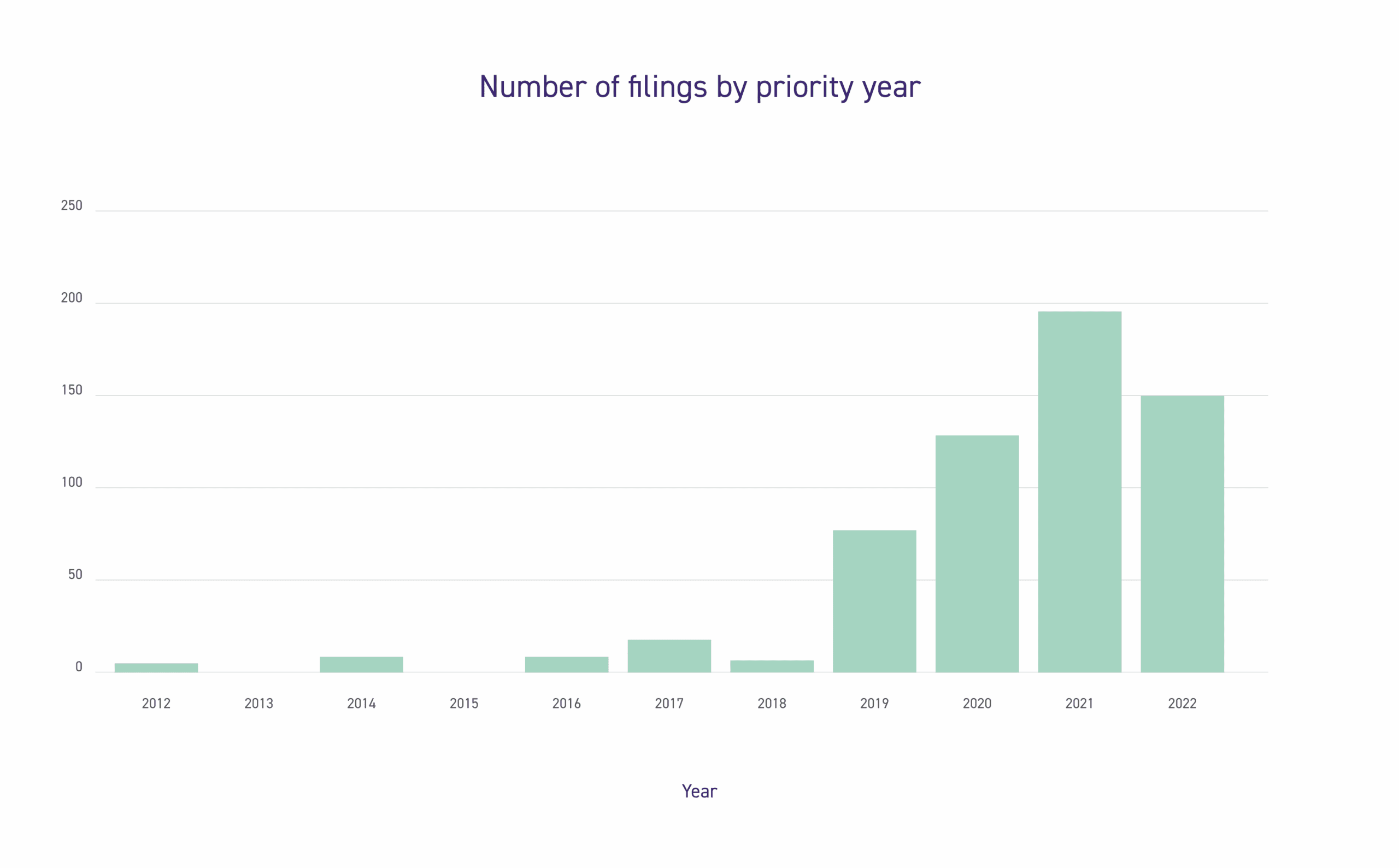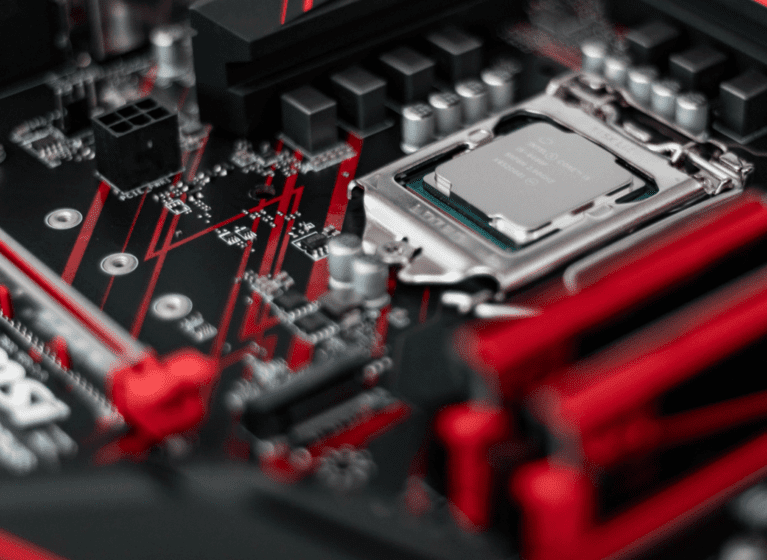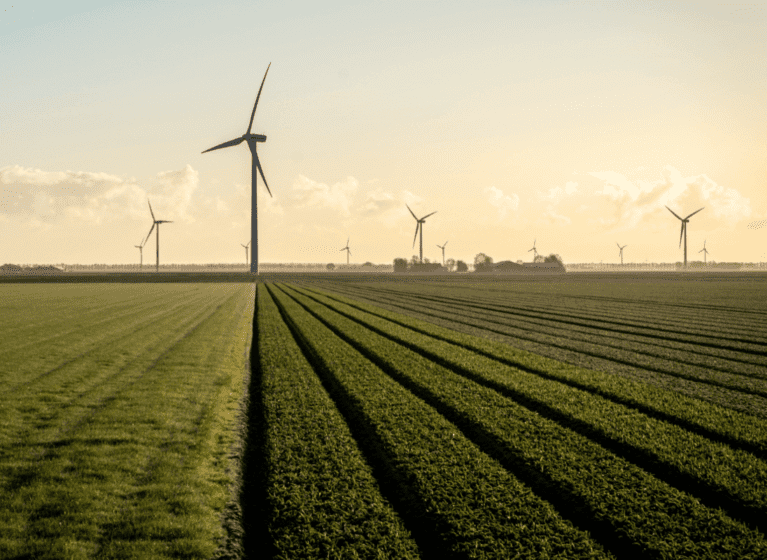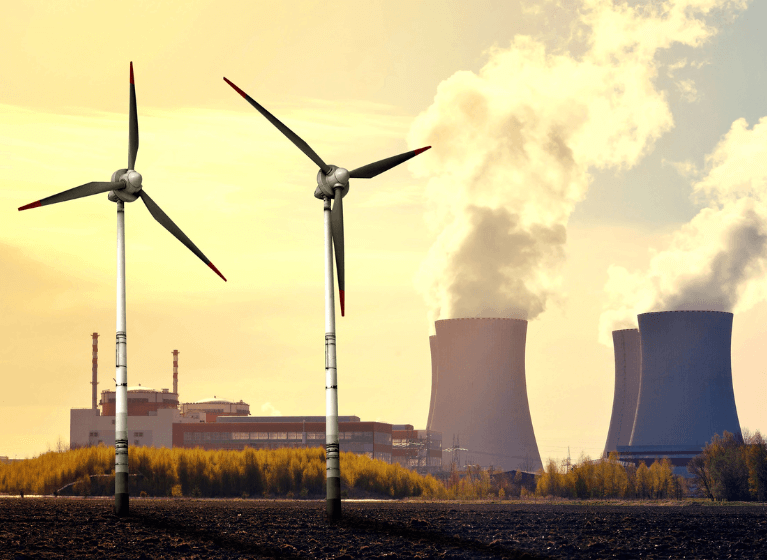Australia appears poised to see a significant rise in the adoption of electric vehicles (EVs) in the coming years. Whilst lagging behind almost all other developed countries, a number of recent factors – most notably the New Vehicle Efficiency Standard (NVES) – signifies a change in Australia’s EV uptake.
The NVES was first introduced by the Australian Government in 2023 and this incumbent party was recently re-elected against an opposition party that proposed to abolish the NVES1 (along with other cleantech initiatives). Thus, the election result provides a clear indication that Australia is looking to further embrace cleantech and in particular EVs, signaling the Australian Government’s strong intention to bring Australia closer into line with the rest of the developing world in terms of EV uptake.
The increased uptake will only further fuel (or is that further charge?) the development of technologies used with and/or related to EVs.
About the NVES
The NVES, which came into effect on 1 January 2025, is a regulation designed to incentivise car manufacturers to supply more fuel-efficient and low-emission vehicles (use less fuel per kilometre), in particular electric vehicles (EVs). The NVES also penalises car manufacturers who do not supply more fuel-efficient and low-emission vehicles.
The standard works by setting an average carbon emissions target (per kilometre) for a manufacturer’s fleet of new vehicles sold each year. Each manufacturer must meet or beat this target through the vehicles they supply. Those that exceed the target can earn credits that can be traded, while those that miss the target will need to purchase credits to offset their emissions. For example, if a supplier exceeds their target in 2025, they will be able to work to generate credits in 2026 and 2027 to offset this. The accumulation of credits and potential penalties will commence on 1 July 2025.
Crucially, the emissions target will become more stringent each year, forcing manufacturers to continually improve the efficiency of their vehicles. This is expected to drive significant innovation in automotive technology as companies race to develop and sell more efficient models.
Naturally, with the need to reduce fleet emissions, car companies will be incentivised to improve their EV technology and increase sales of EVs to offset any inefficient petrol or diesel models. This should lead to a surge in EV model innovation, as well as availability and affordability for Australian consumers.2, 3
Beyond EVs, the NVES is also expected to drive innovation in internal combustion engine technology. Advances in areas like turbocharging, direct injection, cylinder deactivation and lightweight materials could all help petrol and diesel vehicles reduce emissions.
The introduction of the NVES regulator and emissions credit trading system will also create new business opportunities around emissions monitoring, reporting and trading. This could spur the development of new digital platforms and services to help manufacturers manage their emissions profiles.
Present market observations on Australian EV uptake
There has been a softening of EV sales in Australia the first part of 2025, but broad trends over recent years have generally shown an increase in EV uptake in the Australian market. As at the end of 2024, EVs accounted for nearly one in ten new cars sold in Australia – a 150 per cent increase in market share compared with 2022. This has been supported by an increase in charging infrastructure which, along with affordability, has traditionally been the major concern of consumers when considering EVs. As of mid-2024, there has been a 90% increase in high-power charging locations compared to the same time last year, noting that many of these locations have multiple charging bays in place.4
Chinese EV brands have recently, and continue to, make significant inroads in the Australian market, with several models now among the top-selling EVs.5 Whilst the aggressive pricing of Chinese EV models is a key driver behind their growing popularity, it is also the technology itself that is proving to be attractive to consumers. For instance, the ultra-fast charging capability created by BYD, known as the “Super e-Platform”, is a recent example of technology advancement that will no doubt drive further sales of EVs.6
Australian Government investing in CleanTech
The Australian Government is also looking to incentivise technological innovation in manufacturing and tech sectors to support demonstration and deployment of renewable energy and low emission technologies. For example, the “Future Made in Australia (FMIA)” initiative is one such plan to support this where the government has committed $22.7 billion over the next decade to support advanced manufacturing and clean energy projects, including EV technologies. Within this plan is $500 million in grant funding for clean energy technology manufacturing.7
Further, the government has pledged $2.3 billion to the Cheaper Home Batteries Program from 1 July 2025, which aims to reduce the cost of home batteries. With this program reducing typical installation costs of home batteries by 30 per cent, over one million new batteries are expected to be installed by 2030. The expected additional uptake of home batteries compliments the ownership of EVs and therefore should further drive sales of EVs.8
Patent trends – innovation on the rise
Upon review of the publicly available data, Australian patent filing numbers indicate that innovation in respect of EVs is on the rise.
Looking at the number of applications filed each year sorted based on the earliest priority date (thus sorting the applications based on the very first filing in the patent family), there is a clear upward trend in filings.
The graph below shows the number of Australian patent applications filed (the vertical axis) for each calendar year from 2012 to 2022 (the horizontal axis). The graph demonstrates this clear upward trend over recent years. It is pertinent to note that international PCT applications with an earliest priority date from the back end of 2022 are in many cases yet to be due for filing in Australia, thus the filing numbers from 2023 are very likely incomplete.

Sorting the application filings based on the earliest priority date is particularly useful to show the level of innovation in respect of EV technology. This is because the first filing indicates the time that the actual invention was developed rather than the date the application was filed, the latter not always indicating when the invention in that application was developed.
With the NVES well and truly underway and the Australian government plans to incentivise growth in clean technologies, we would expect this upward trend in patent activity in respect of this technology to continue.
Conclusion
Despite the recent softening of EV sales this year, the combination of the NVES, the growing supply of more affordable EVs, and the government’s support for clean energy innovation suggests that Australia will regain momentum towards an increase in EV adoption and related technological advancements in the coming years. The NVES, which sets increasingly stringent emissions targets for car manufacturers, is expected to be a key catalyst for this change.
On the innovation side, the already upward trend in patent filings in Australia in respect of EV related technologies is expected to continue on its trajectory.
1 https://www.abc.net.au/news/2025-04-10/coalition-to-dump-fuel-efficiency-laws/105162808
2 https://www.infrastructure.gov.au/infrastructure-transport-vehicles/vehicles/new-vehicle-efficiency-standard/australias-new-vehicle-efficiency-standard-frequently-asked-questions
3 https://www.energy.gov.au/news-media/news/australias-national-electric-vehicle-strategy
4 https://electricvehiclecouncil.com.au/wp-content/uploads/2024/12/1734312344781.pdf
5 https://thedriven.io/2025/03/20/chinese-ev-brands-charge-into-australian-market-with-smarter-cheaper-offerings/
6 https://www.drive.com.au/news/twice-as-fast-as-tesla-byd-releases-ultra-fast-1-megawatt-electric-car-charging/
7 https://arena.gov.au/funding/future-made-in-australia-innovation-fund/
8 https://alp.org.au/news/labor-to-deliver-one-million-energy-bill-busting-batteries/










